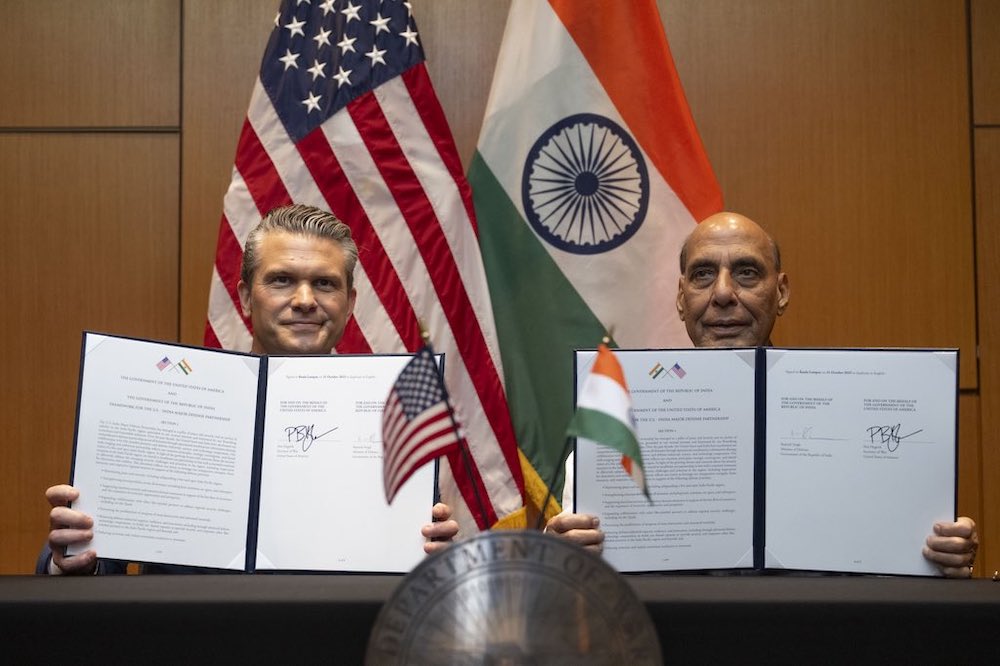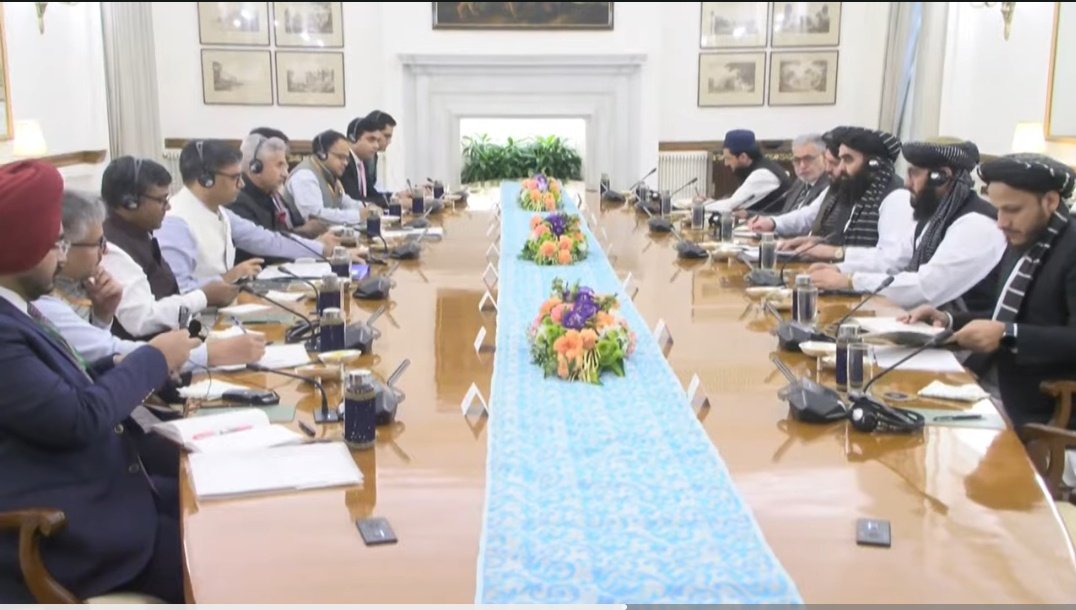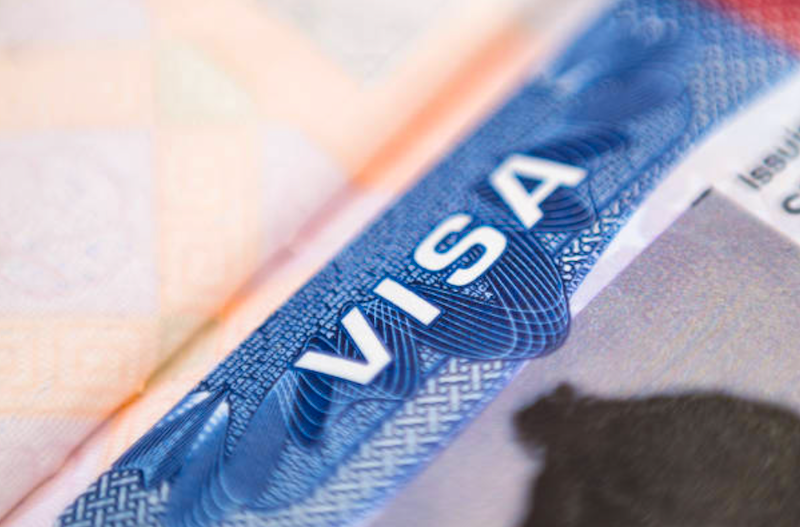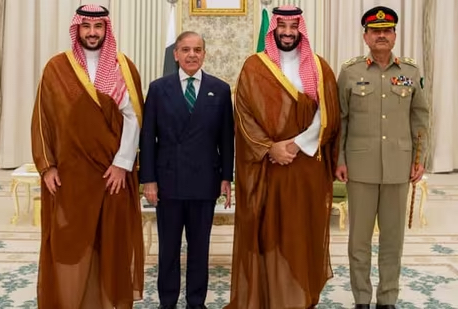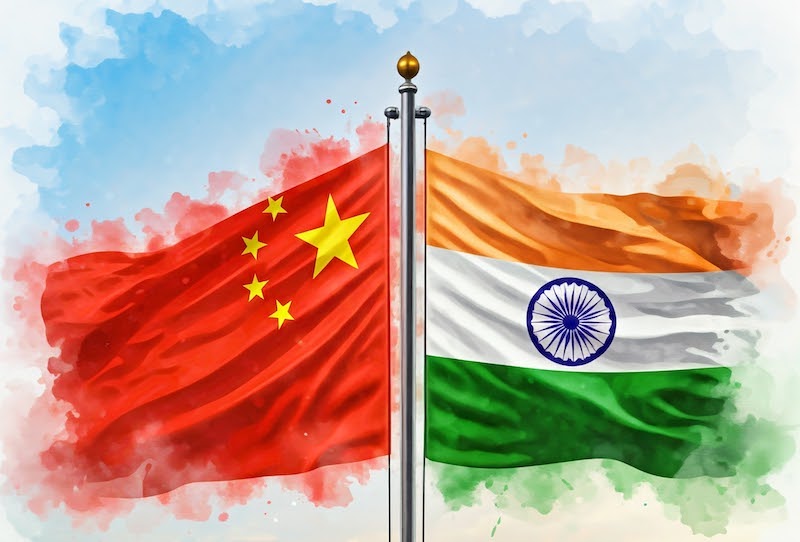
New Delhi: India has announced a breakthrough in the ongoing military stand-off with China along the line of actual control (LAC) in eastern Ladakh, with an agreement on new patrolling arrangements. This development, which could pave the way for a resolution of tensions that have persisted since 2020, was confirmed by the foreign secretary, Vikram Misri, during a media briefing on Monday.
In his statement, Misri, while emphasizing on the importance of the agreement, said, “As a result of the discussions that have taken place over the last several weeks, an agreement has been arrived at on patrolling arrangements along the LAC in the India-China border area. This is leading to disengagement and eventually a resolution of the issues that had arisen in these areas in 2020.”
The agreement covers previously unresolved areas such as Demchok and Depsang, indicating a comprehensive approach to restoring stability along the border.
The timing of this announcement is particularly noteworthy because it coincides with the upcoming participation of the prime minister, Narendra Modi, in the BRICS summit in Russia’s Kazan. Misri hinted at potential bilateral meetings on the summit’s sidelines, stating, “We are currently looking into the overall program of the prime minister. There are a number of requests for bilateral meetings, and we will update you on the bilaterals [Sic.] as they evolve.”
Misri also highlighted that ongoing diplomatic efforts have been crucial in reaching this agreement. He noted that Indian and Chinese diplomats and military negotiators have maintained close contact over recent weeks, culminating in this breakthrough. “There were a few areas where the stand-off had not been resolved,” he added, indicating that continued dialogue is essential for lasting peace.
The foreign minister, S Jaishankar, also commented on this development. He said Indian and Chinese soldiers will be able to resume patrolling in the way they had been doing before the military stand-off began in May 2020.
Speaking during an event organized by NDTV, Jaishankar said [archived link], “We reached an agreement on patrolling, and we have gone back to the 2020 position. With that we can say the disengagement with China has been completed. Details will come out in due course.”
Expressing optimism that the LAC situation might get back to normal, the foreign minister said, “The important thing is if we have reached an understanding, I think what it does is it creates a basis for peace and tranquillity along the border, which were there before 2020. That was a major concern. If there is no peace and tranquillity, how can other areas of bilateral ties improve?”
However, some geopolitical observers and strategic experts expressed their scepticism on the development.
In a post on X [archived link], Pravin Sawhney, editor of Force Magazine, author of several books, including “Dragon On Our Doorstep” and “The Last War”, and a keen China observer, said while he was happy that Modi and the Chinese president, Xi Jinping, will be able to meet during the upcoming BRICS summit, he hinted that what the foreign minister said was not entirely true.
Sawhney said: “We have not gone back to the May 2020 situation since only disengagement has been done. There has been no de-escalation of forces. PLA continues to occupy over 2,000 square kilometres of our territory.”
Highlighting that China had already offered what Jaishankar claimed today, he said: “What Jaishankar is claiming today was actually offered by China at the diplomats’ meeting in Beijing on August 29. The Modi government kept its response to China’s concession given then under wraps to disclose just before Modi departure for the BRICS summit,” adding, “Playing games is meaningless when our forces are sitting at heights of over 15,000 feet at LAC.”
It may be noted that on August 29, India and China held their 31st meeting of the Working Mechanism for Consultation & Coordination on India-China Border Affairs (WMCC) in Beijing. The Indian side was led by Gourangalal Das, joint secretary (East Asia) from the foreign ministry, while the Chinese delegation was led by Hong Liang, director general (Boundary & Ocean Affairs Department) of the Chinese foreign ministry.
Sawhney claimed that Beijing made this concession so that New Delhi could work for the BRICS and SCO to stabilize the world amid its conflicts. He said: “China, like Russia, is keen that Modi work wholeheartedly for BRICS and SCO which will help the ‘global south’ nations stabilize global geopolitics quicker.”
Nonetheless, the current agreement marks a crucial moment in India-China relations, which have been strained for years due to territorial disputes and military confrontations.
The military stand-off between India and China began in May 2020, which resulted in a violent “club and fist” clash in the Galwan valley in June, resulting in the deaths of at least 20 Indian soldiers and an unknown number of Chinese soldiers. However, China officially acknowledged that it had lost four men in the brawl.
Since then, both nations have engaged in multiple rounds of military-to-military and diplomatic negotiations aimed at de-escalating tensions. While some progress has been made, including disengagement at several friction points, full normalization has remained elusive until now.
As both nations prepare for further discussions at the BRICS summit, the focus will now shift to implementing these patrolling arrangements effectively and ensuring that both sides adhere to the terms agreed upon.




